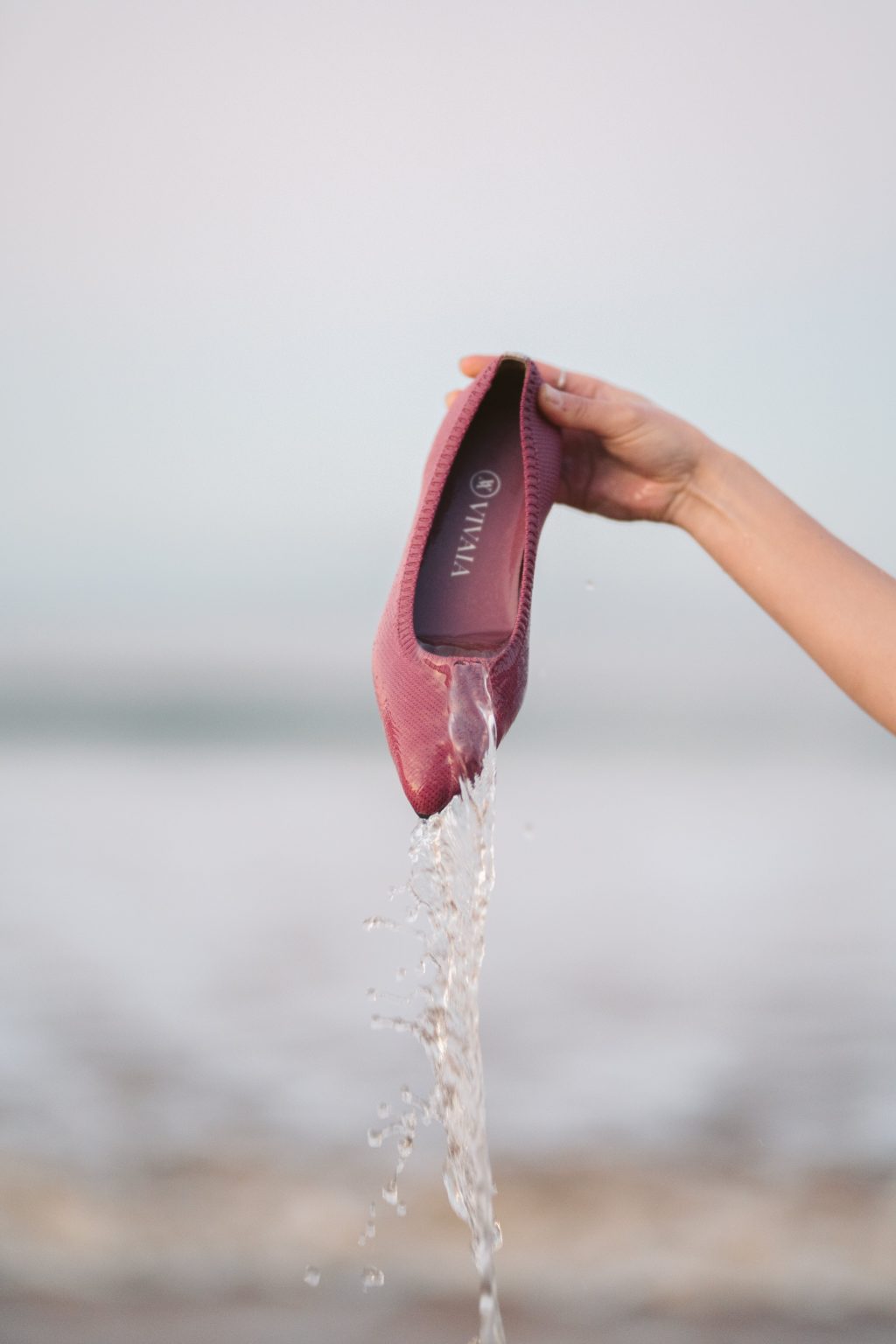
Top tips for naming brands
From time to time in my work as a brand consultant, I take part in naming projects. Naming can be like buses – you wait for ages for one to come, then two come at once. 2023 has been a year for naming things.
From time to time in my work as a brand consultant, I take part in naming projects. Naming can be like buses – you wait for ages for one to come, then two come at once. 2023 has been a year for naming things.
In Romeo and Juliet, William Shakespeare uses the line “What’s in a name? That which we call a rose by any other name would smell just as sweet” to convey that the naming of things is irrelevant, but for brands, names matter – they help organisations build reputations, recruit good people and sell things.
However, naming things is not easy, and the process of finding the right name is becoming ever more challenging. As more new companies, products, and services enter the market, the pool of available and distinctive names shrinks, making it harder to find unique and memorable options. Organisations are expanding their reach internationally – even if a name is available in one country, it may be taken or trademarked in another. Companies are becoming more vigilant about protecting their intellectual property, including names and logos, and enforcing their rights.
Despite these challenges, it’s still possible to get a good result – here are my top tips.
Make use of ChatGPT for name generation – it’s an excellent AI-powered tool, very useful for creating new word combinations where real words may not be an option.
Don’t forget the practicalities – ideally, names should be short, easy to pronounce, and not open to misinterpretation in other languages (important if they need to work globally). Names can also be tested through ChatGPT for language no no’s.
Establish evaluation criteria at the outset – without them, you may find it harder to be objective when trying to agree a shortlist.
Check global databases for initial online searches – the World Intellectual Property Office: branddb.wipo.int and the European Union Intellectual Property Office euipo.europa.eu/eSearch/#details/trademarks/ – provide quick and comprehensive snapshots of what is or is not available. And don’t forget to search LinkedIn and Google for companies.
Test names in context – say them out loud, place them in copy and visualise them to get a feel for how they will work in real life.
Try not to get emotionally attached to a name before you know it’s yours – your goal is to get a name through the registration process. It may not be the one you want but over time, as a name becomes familiar, you will get used to it and may even start to enjoy it.
Put at least 4-6 names if not more, forward for initial legal searches – and be prepared for further rounds of searches if your first set doesn’t pass. One of this year’s naming projects was for a sustainability brand that needed to stand out in a crowded market. Combining the company name with a descriptive word and a distinctive symbol, as an indivisible whole made it possible to register. The more distinctive the wordmark and/or symbol design, the more ownable it becomes. Naming may not be an easy process. It needs dedication,imagination and patience, but the satisfaction felt when you get to a good result makes it worthwhile.

By Caroline O.Driscoll
